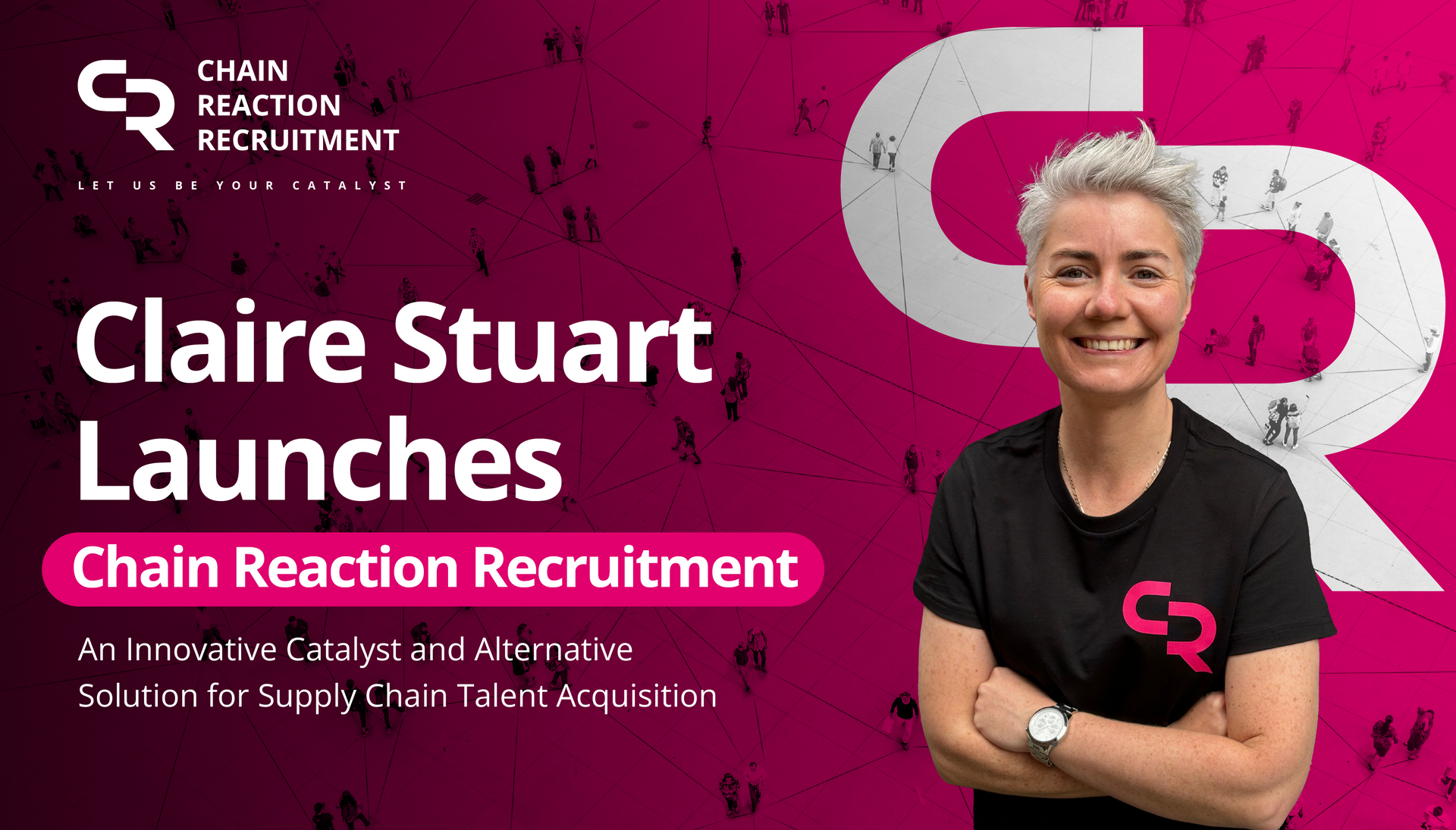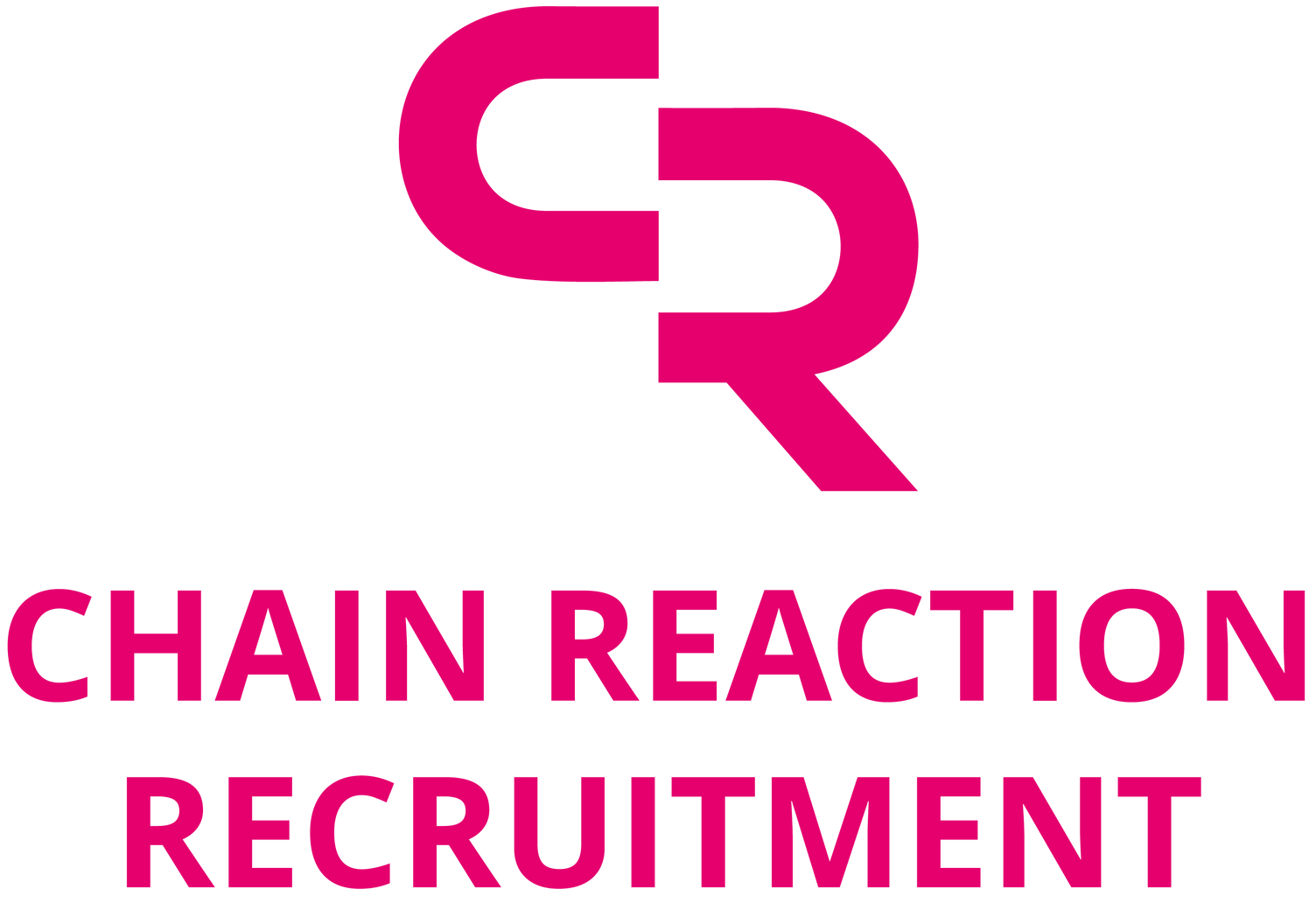Starting a new business is always full of surprises, challenges, and, most importantly, valuable lessons. Over the past five weeks, Chain Reaction Recruitment has experienced significant growth and discovery. From stepping into the unknown to forming genuine connections, these early lessons have shaped the foundation for what’s to come. Here’s a look at the key takeaways from the first weeks of building Chain Reaction Recruitment.
Week 1: Expectation vs. Reality
The first week of running Chain Reaction Recruitment came with a few surprises. What seemed like a huge shift in the way things would operate turned out to be not so different after all.
- It’s not so different – The assumption that the work would change drastically was quickly proven wrong. The mission has always been the same—connecting talented individuals.
- People are kind – Even without the backing of a large corporate, it became clear that people genuinely want others to succeed. When you’re authentic, knowledgeable, and add value, people are more than willing to support you.
- Your ‘why’ is important – Understanding the purpose behind the work helps to form deeper, more meaningful connections. This week provided the chance to share the personal journey in a way that felt true to myself, helping to build stronger relationships.
Week 2: Leaning Into the Unknown
By week 2, the learning curve became steep, as expected. Stepping into the unknown was both exciting and exhilarating.
- Technology is your friend when used correctly – The right systems and processes, specifically designed for the sectors supported, helped create efficient workflows, ensuring speed and quality service.
- Knowing your own value – With over a decade of experience in Supply Chain and Planning and S&OP recruitment, it became evident that aligning with values-driven partnerships is essential. The focus now is on working with those who share similar goals and vision.
- You are only as strong as the team around you – While starting out as a solo operator was the initial plan, I quickly realised the importance of building a strong support network. A handpicked team of trusted vendors has been invaluable in setting the business up for success, leaving me to focus on what I do best—connecting talented individuals.
Week 3: Connections Through Vulnerability, Gratitude, and Humour
By week 3, the power of authenticity became even clearer. Vulnerability, gratitude, and humour proved to be key in building trust and opening doors.
- Vulnerability – Sharing the challenges of starting Chain Reaction Recruitment allowed others to relate and trust in the journey. It also created a space where others felt comfortable sharing their own stories.
- Gratitude – Even when potential customers weren’t in a position to move forward, taking the time to thank them made a big difference. Showing appreciation for their time and response helped build goodwill and opened new possibilities.
- Humour – Authenticity is at the core of Chain Reaction Recruitment, and that means bringing my true self to conversations. A bit of humour and quick wit have proven to be a great way to connect with others and make the experience more enjoyable.
Week 4: Saying ‘Yes’ to New Opportunities
By week 4, it was all about stepping out of my comfort zone. Saying "yes" to opportunities I wouldn’t have considered before proved to be a game-changer.
- ‘Do one thing every day that scares you’ – Leaning into the unknown, even when it’s uncomfortable, has helped broaden my mindset and opened up new opportunities. The more I embraced challenges, the more growth I experienced.
- Don’t make assumptions – Asking the right questions and keeping an open mind has led to better decision-making. Staying flexible and open to different possibilities has been key in delivering better outcomes for customers.
- Be open-minded – Saying “yes” has led to new opportunities and opened up doors I hadn’t expected. Being open to what’s out there has proved to be invaluable for both personal and professional growth.
Week 5: Stepping Into Clarity
By the fifth week, a moment of clarity arrived. The realisation that not everything needs to be done the same way it’s always been done came into focus.
- ‘We’ve always done it this way’ – Just because something has worked in the past doesn’t mean it’s the right approach for the future. Adapting to change is essential, and creativity is key when finding solutions for evolving customer needs.
- ‘Trust the process’ – Success doesn’t happen overnight, and it’s important to have faith in the journey. By staying consistent and doing the right things, the rewards will follow in time.
- ‘Be comfortable with being uncomfortable’ – Stepping into discomfort often leads to the biggest wins. Sometimes, the smallest acts that seem challenging are the ones that bring the greatest results.
The first five weeks of Chain Reaction Recruitment have been filled with both challenges and breakthroughs. There’s no doubt the journey has only just begun, but the lessons learned so far are laying the foundation for what’s to come. As the business grows and evolves, staying curious, authentic, and adaptable will continue to drive success.
If you’d like to get in touch or learn more about Chain Reaction Recruitment, don’t hesitate to reach out, or you can also get in touch with us at claire@chainreactionrecruitment.com.au or 0468 945 182
Let’s start a chain reaction together.






